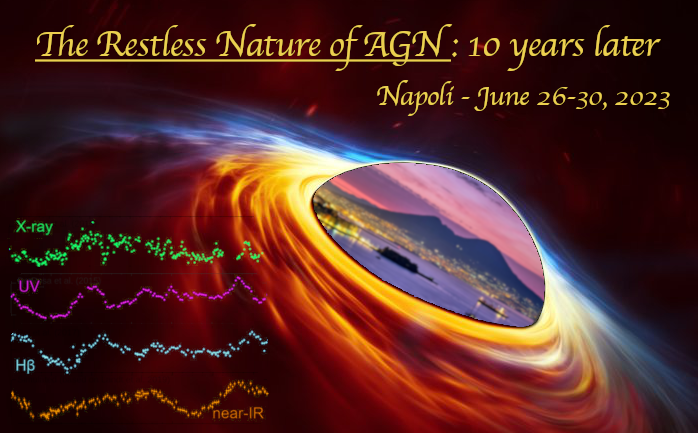Speaker
Description
Compact Symmetric Objects (CSOs) are a class of compact jetted Active Galactic Nuclei (AGN) whose observed emission is not relativistically boosted towards us. While that makes them a unique class to understand jet processes, they are often misclassified and confused with other types of radio sources. Motivated by the need to clear the confusion in the literature, we compiled a catalog of 79 bona fide CSOs that meet strict classification criteria. Variability is one of the major criteria to distinguish CSOs from blazars. Using our newly defined complete samples, we conclusively demonstrate that most CSOs do not evolve into larger-scale radio sources, but are rather a distinct population of jetted AGN that is short-lived and has a sharp upper cutoff in the size distribution at ~500 pc. Moreover, we demonstrate that there are two unrelated classes of CSOs: an edge-dimmed, low-luminosity class (CSO 1), and an edge-brightened, high-luminosity class (CSO 2), while CSO 2s can be further divided to CSO 2.0, CSO 2.1, CSO 2.2. CSO 2.0 have prominent hot-spots at the leading edges of narrow jets and/or narrow lobes; CSO 2.2 are without prominent hot-spots, and with broad jets and/or lobes; and CSO 2.1 exhibit mixed properties of CSO 2.0s and CSO 2.2s. The four classes occupy different, but overlapping, portions of the luminosity-size plane. The luminosity-size plane can be interpreted – analogous to the Hertzsprung-Russel-Diagram for stars – as depicting a population of CSOs in different evolutionary stages, where CSO 2s evolve from CSO 2.0s, which are young, through CSO 2.1s into CSO 2.2s, which are old. Thus, CSOs do not evolve into larger types of jetted AGN, but spend their whole life-cycle as CSOs. Different energy sources may originate the limited life-time evolution of CSOs, one of which may be single star capture – i.e. tidal disruption events. All of the above considerations make it clear that CSOs provide a unique window into the study of supermassive black holes, their accretion disks, and the birth of relativistic jets.

